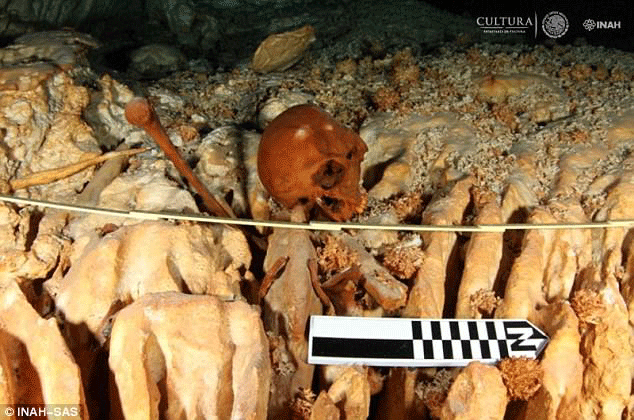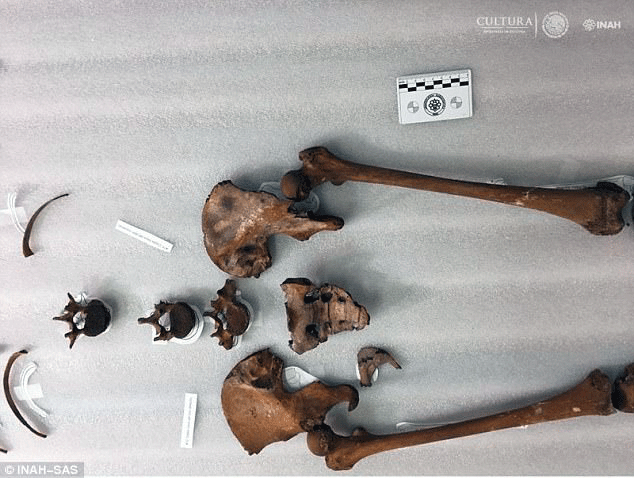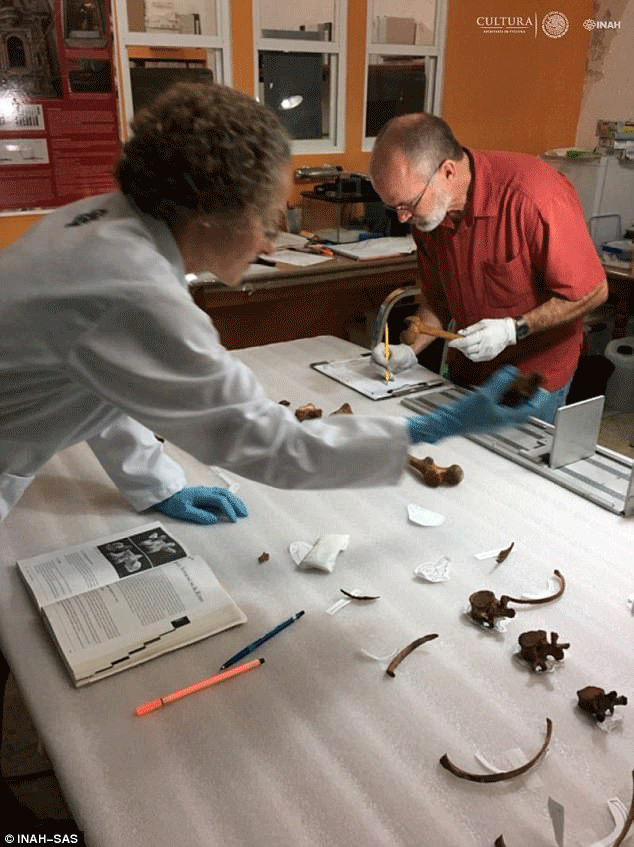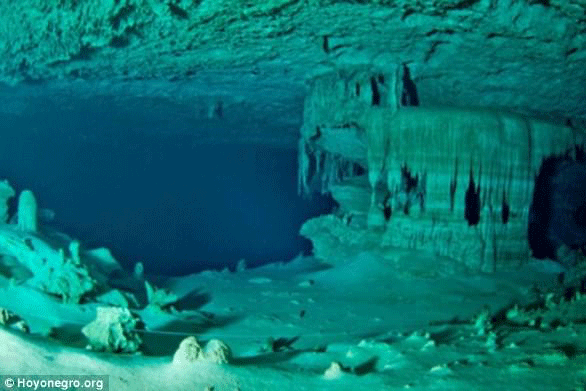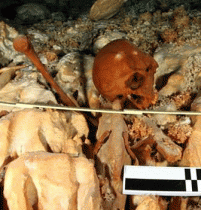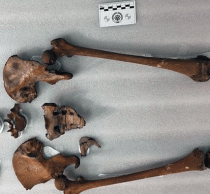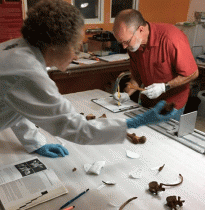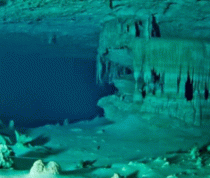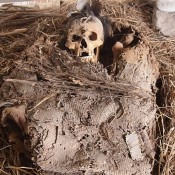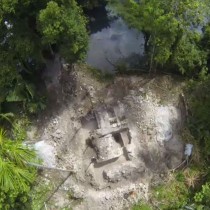A new study has revealed details on Naia, one of the oldest human remains found in a Yucatan Peninsula underwater cave.
The remains belonged to a young woman, nicknamed Naia by archaeologists, and were found in 2007. The skeleton was nearly complete and thought to be about 12,000 years old.
The study was based on X-ray and DNA testing on the remains and was conducted by James Chatters of Applied Paleoscience, a consulting firm in Bothell, Washington, and other researchers.
The new study has confirmed that the young woman was approximately 15-16 years old at the time of her death. She was about 1.5 metres tall and weighed about 50kgr at her heaviest. She probably had suffered episodes of famine and she may have recently given birth, before she fell into the cave and died.
The tests performed on the remains provide strong evidence that Native Americans and Paleoamericans belong to the same Beringia population, although they did not look the same.
The study was made with the support of Mexico’s National Institute of Anthropology and History (INAH), National Geographic Society, Children’s Orthopaedic Hospital of Seattle, and the University of California in San Diego; the latter, through the work of Vid Petrocich and his team in software design for 3D modelling of the bones in situ.
